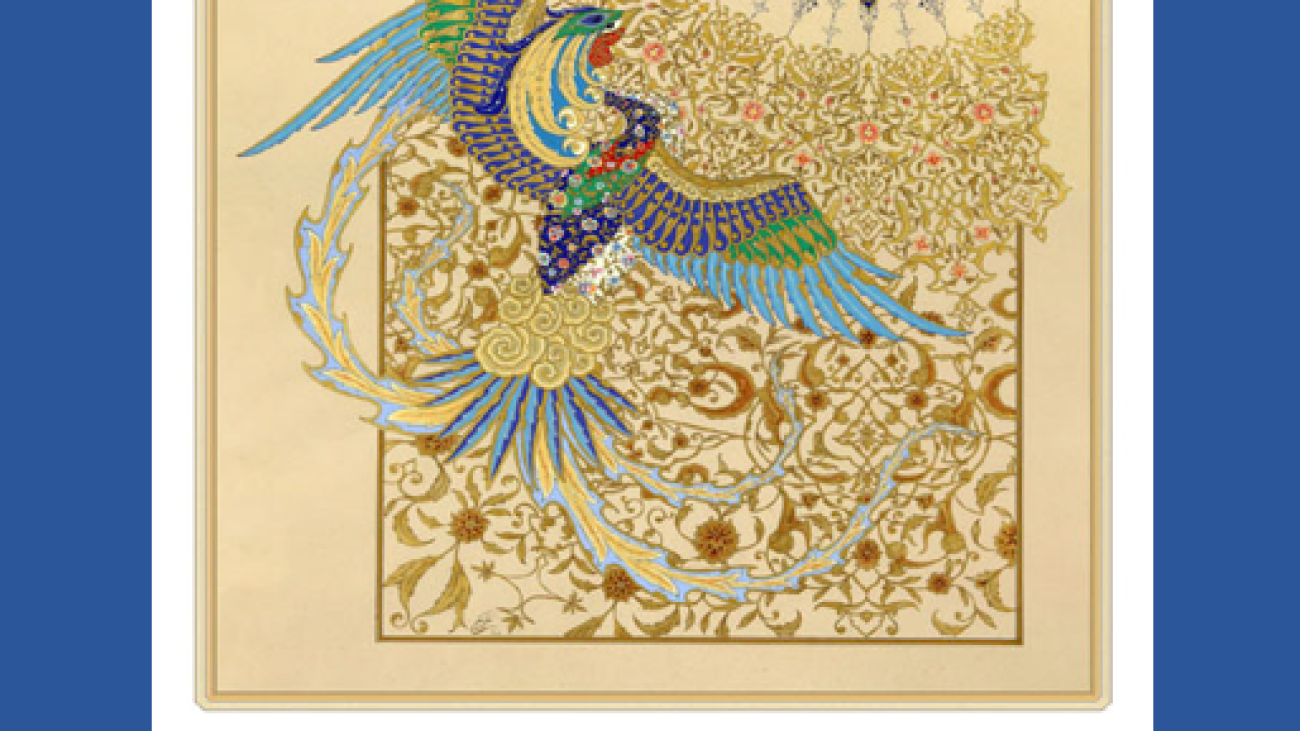Reviewed by Dianne Woodman
At Dawn the Simorgh Appears is a gripping story that illustrates the strength and resilience of two women who are thrown into a dreadful situation that appears hopeless. Anna, an American scientist, and her Persian interpreter, Farah, are kidnapped from an archeological site in Iran by armed marauders and held prisoner in a stone hut. They have no idea where they are being held, and the inside of their cell is shrouded in darkness. To keep from becoming overwhelmed by their circumstances, Anna and Farah pass their time together reminiscing about childhood memories. Purchase Here.
When an opportunity to escape arises, the two women take advantage of it. A young nomad boy, Samir, who is at the bandits’ hideout, flees with them in a stolen jeep. They get help from a group of nomadic tribespeople, and K.A. Lillehei includes interesting details about people who live a nomadic lifestyle. Anna, Farah, and Samir are guided by one of the young nomads through the Zagros mountain range, which are located in Iran and along the border areas of Iraq and Turkey. The plan is for the three freed prisoners to cross the border into Iran. Will they make it safely to Iran before the dangerous men catch up with them? If they survive, what kind of effect will this horrible ordeal have on their everyday lives?
At the beginning of this enthralling novel, Lillehei captures readers’ attention with an excerpt from a story about the Simorgh, a compassionate female winged creature that appears in Iranian mythology as a benefactor to those in need. In chapter one Anna and Farah are discussing the shock and lack of understanding regarding their kidnapping and incarceration. Readers will empathize with their predicament and want to know the outcome. Throughout the book are excerpts of memories from the lives of the three escapees, along with mythological tales about strong women. All of the recollections and mythic tales play a crucial part in the storyline.
Anna and Farah have experienced far different cultural and lifestyle backgrounds. However, as the two women share their innermost thoughts and feelings about themselves a strong bond of friendship develops between them, which is wonderfully illustrated throughout the story. Anna studies ancient civilizations and converses with Farah in English and Farsi. Persian and Arabic words and/or phrases are used throughout the story, and Lillehei provides translations so there is no confusion about their meanings. Usage of metaphors adds depth to the text that conjures up images, thoughts, and feelings in readers’ minds. This is an outstanding book that shows the strength of femininity in the face of monumental obstacles and how cultural background influences the manner in which people learn, live, and behave.
